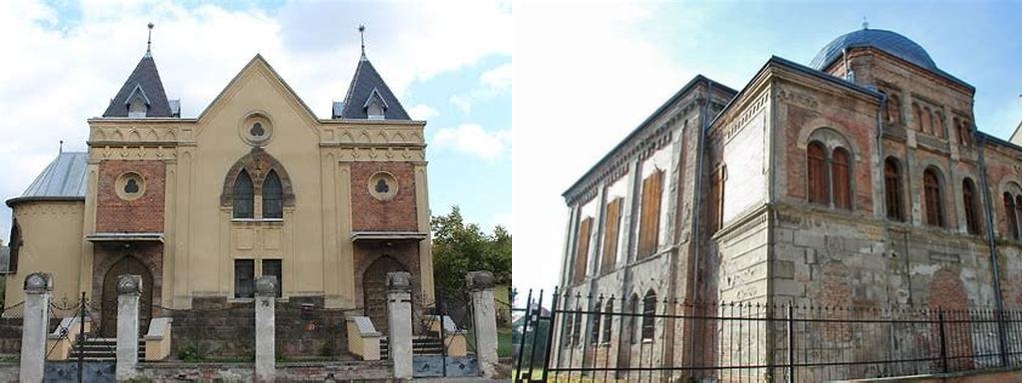
Ortodox izraelita imaház is one of those places in Hungary where history doesn’t simply linger in the architecture — it soaks the very air with stories. Tucked away from the most hurried tourist thoroughfares, this Orthodox Israelite Prayer House offers a quiet, reflective window into Jewish life and resilience from the late 19th century onwards. While some visitors may have a checklist of grand synagogues like the massive Dohány Street Synagogue in Budapest, the Ortodox izraelita imaház lends itself to deeper pauses and casual conversations with the present and the past.
Step inside, and there’s an immediate sense of intimacy. Unlike those sprawling, monumental religious structures, the prayer house’s human scale draws you into a close dialogue with its history. The original building, completed in 1894, was constructed at a time when the Jewish community was bustling with vitality. Even as the decades piled up, and as turbulent chapters in Hungarian history played out, the imaház (as locals affectionately call it) continued to serve as a spiritual anchor for generations — a rarity, considering the fate of many of Europe’s smaller synagogues.
The heart of the Ortodox izraelita imaház is its architectural modesty. Eager eyes will notice a facade more reserved than the ornate Baroque or Art Nouveau landmarks peppering Hungarian towns. But linger a moment and the subtle details emerge — wooden fixtures polished by the hands of those who sought comfort and celebration here, and decorative windows that cast gentle patterns into the sanctuary during late afternoon hours. Rumor has it that some of these furnishings were works of local artisans from Debrecen and Miskolc, merging the broader story of Hungarian craft with Jewish heritage.
It’s not just the brick-and-mortar history that keeps visitors intrigued: it’s the stories whispered from the worn benches and under the soft light of the chandeliers. People like Rabbi Yitzhak Friedman once led prayers here, their voices echoing through times of both peace and great uncertainty. At many points in its existence, the imaház was more than a place of worship — it became a meeting place for debate, education, and social action. During the upheaval of World War II, the prayer house provided an essential center of community life. Here, tradition and solidarity defied uncertainty, leaving an indelible mark that even newcomers feel as they step inside.
Today, you’re likely to find the prayer house woven unobtrusively into the rhythm of neighborhood life. There’s something undeniably grounding about hearing snippets of conversation in Hungarian and Yiddish drifting from the entryway on Sabbath evenings. Locals might smile as you pass, eager to share a nugget from the prayer house’s layered past — perhaps describing an old bar mitzvah photograph hanging quietly in a back corridor, or telling the story of the mysterious mezuzah still guarding its main entrance.
Venturing here isn’t about seeking grandeur but about appreciating the delicate threads that have kept this community together for over a century. The Ortodox izraelita imaház doesn’t shout its presence or relevance; instead, it stands as evidence of endurance, daily ritual, and the quiet beauty of belonging. For visitors with a taste for meaningful encounters and an eye for nuance, a stop at the prayer house is less about sightseeing and more about gentle discovery.





